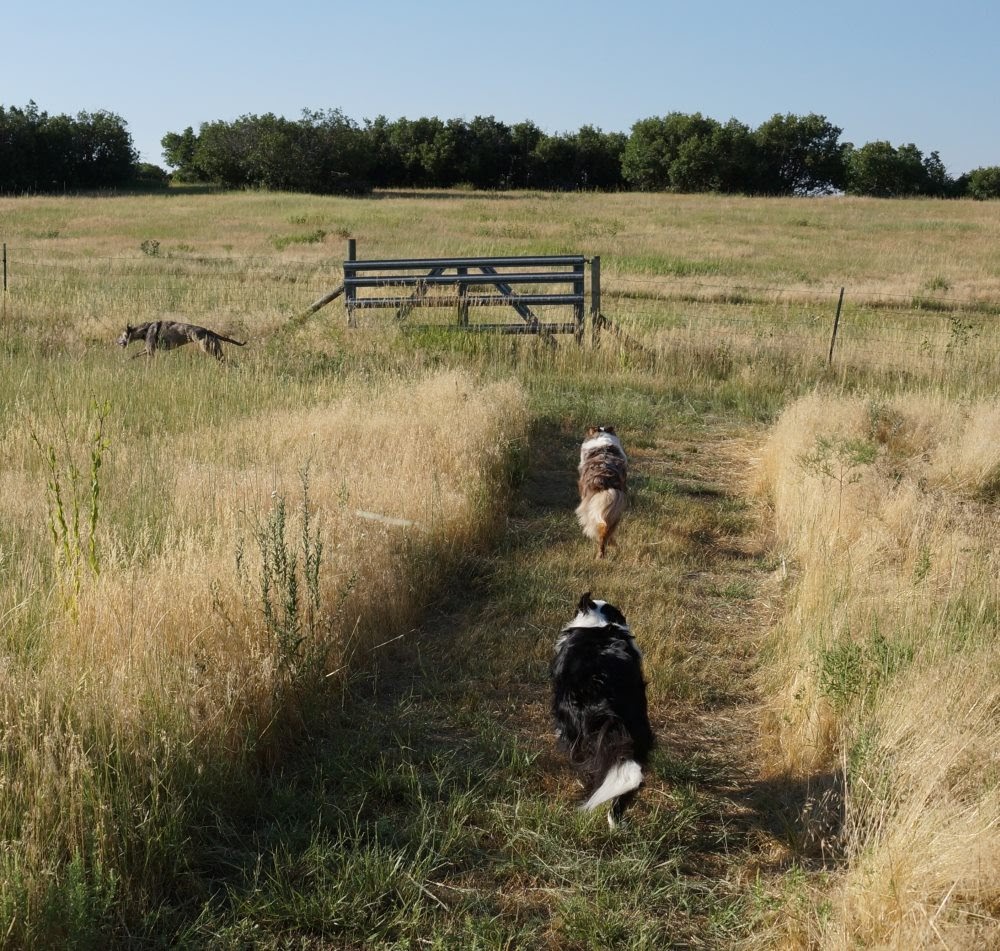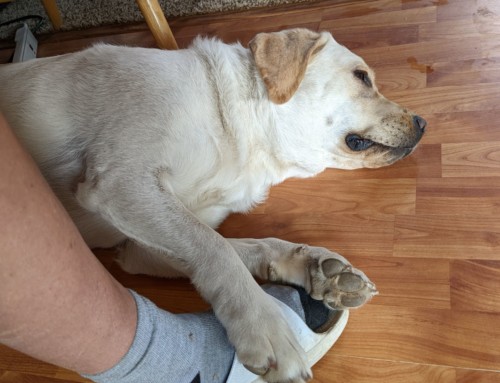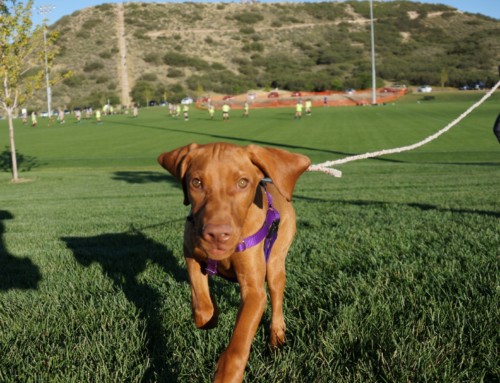DOG TRAINING OFFERED IN-PERSON AND ONLINEOur dog training services are delivered in almost any format that meets your needs. We have GROUP CLASSES at our indoor and outdoor facilities on our farm, ONLINE LIVE STREAMING classes, and SELF-PACED VIDEO-BASED training through our Online Dog Training Course. Our PRIVATE TRAININGS can be done in-home, outside, in public dog-friendly locations, at our facility on our farm, online via phone or video conferencing and through email. |
Summer is great for getting out and doing more hiking, camping and other outdoor activities with your dogs. But it also is a time to be careful about things like mosquito bites, heatstroke or ticks. If you have your dog out in wooded areas or tall grass, you should check your dog over for ticks afterward. While Colorado does not have as much trouble with ticks as some areas of the country, we do still have ticks so it’s worth taking a few minutes to check your dog over after a hike or outing.
Following is a list of symptoms that might indicate tick paralysis in your dog (from PetMD):
- Vomiting
- Regurgitation
- Unsteadiness
- High blood pressure
- Fast heart rate and rhythm (tachyarrhythmias)
- Weakness, especially in the hind limbs
- Partial loss of muscle movements (paresis)
- Complete loss of muscle movement (paralysis), commonly seen in advanced disease state
- Poor reflexes to complete loss of reflex
- Low muscle tone (hypotonia)
- Difficulty in eating
- Disorder of voice (dysphonia)
- Asphyxia due to respiratory muscle paralysis in severely affected animals
- Excessive drooling (sialosis)
- Megaesophagus (enlarged esophagus)
- Excessive dilatation of pupil in the eye (mydriasis)
If you do find a tick on your dog, make sure you carefully remove the entire tick as soon as you can. According to the PetMD article, it can take 6 to 9 days after a tick attaches to your dog’s skin to see the symptoms listed above. If a tick has been attached to your dog for that long and you are seeing symptoms, take the tick and your dog to your vet right away. By taking the tick with you, your vet can help identify the type of tick and better identify what needs to be done to help your dog. Removal of the tick and some rest might be all that is needed, but better to check with your vet and determine if additional steps are needed.
Enjoy your next hike and check for ticks when you’re relaxing afterward!
Our goal is to positively impact the lives of as many dogs and their families as we can, in part through our extensive library of video, infographics and text articles. |









Leave A Comment